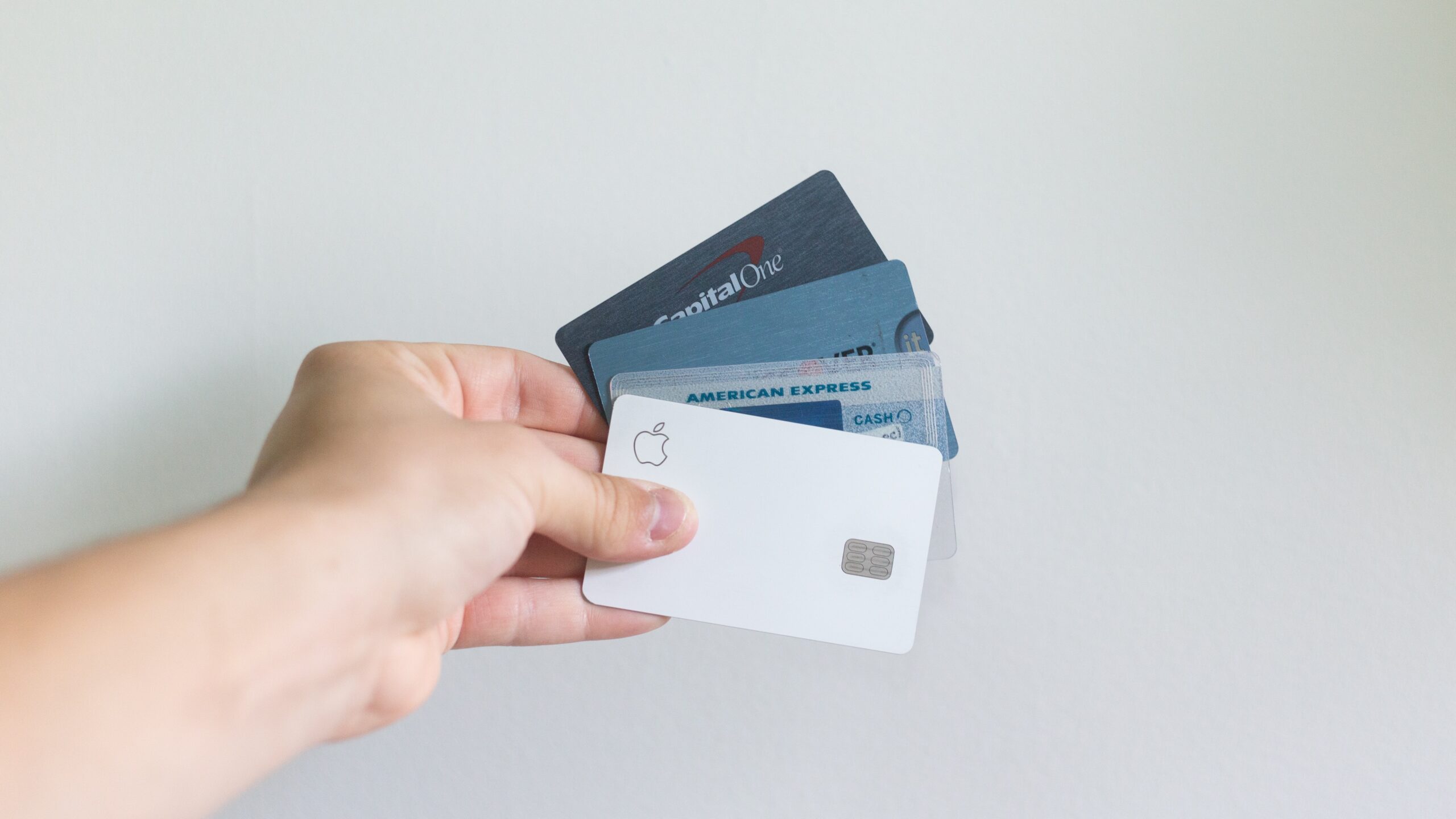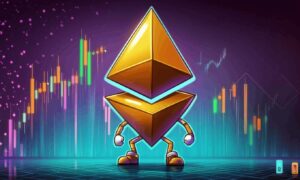Consumers may have bought big ticket items like cars with zero money down, but they don’t usually walk out of clothing or electronic stores without paying for their products in full. But now, for the first time ever, they can open a “tab” with the tech giant Apple. The exciting announcement came during Apple’s Worldwide Developers Conference this past June. The hype during that event was not about a new gadget or device; it was all about the new buy now/pay later (BNPL) feature on the Apple Store.
The evolution of BNPL
BNPL is by no means a new concept in retail. The current flavor of delayed payment is familiar in some ways to past iterations, but still has a few surprises up its sleeve.
Layaway plans made their appearance after the financial hardship of the Great Depression. Stores allowed customers to put products on hold with a small down payment and then pay the remainder of the balance in installments. On the day of the final payment, customers took possession of their items. While today’s BNPL plans are similar, customers will be happy to discover that in today’s model, they receive instant ownership of their products without having to wait.
Layaway remained the most popular payment plan until it was overshadowed by credit cards in the 1980s. Unlike credit card payments, customers make their BNPL payments on a fixed schedule spaced out over a number of weeks. Best of all, the BNPL model has no interest fees if consumers follow the payment schedule.
BNPL is on the rise
Apple’s big announcement has allowed it to claim the biggest space in the BNPL market, but the tech company is not alone, joining other notable players including Klarna, Affirm, PayPal, and Afterpay. Amazon is also getting into the game with a hybrid BNPL product, which stretches the purchase over five payments compared to Apple’s four.
Another factor contributing to BNPL’s recent popularity is that it comes on the heels of the Covid-19 pandemic. The federal government mailed out nationwide stimulus checks, people canceled expensive vacations, student loan payments were put on hold, and the savings rate surged. Collectively, the country was holding on to more of its disposable income. Today’s economic downturn and record-high inflation rates are confirming to many that now is the time to exercise caution against excess spending.
A recent survey from leading coupon site, CouponBirds, finds that 82% of retailers are not yet offering BNPL plans, though this is likely to change soon. A report from Global Payments states that the number of merchants cooperating with BNPL services such as Klarna or Afterpay has tripled since 2019.
“Customers and businesses will continue to grow more comfortable with this new way of shopping,” predicts CouponBirds. “As time goes on, new shopping patterns emerge that make purchasing more convenient.”
The online company observes that Gen Z and Millennial consumers are particularly responsive to BNPL. This is mostly due to the fact that these younger generations conduct a large portion of their shopping online, where BNPL is most easily accessible. Research from CouponBirds reveals that two-thirds more Americans are interested in BNPL today than before the pandemic, especially those under 40 years old.
Confirming these findings, a study from Insider Intelligence says that 45.1 million US consumers 14 years and older took advantage of a BNPL platform in 2021 — twice as much as the previous year. Another report from Kaleido Intelligence predicts that retailers will total $680 billion in BNPL transactions in 2025, almost doubling the amount they rang up in 2019. According to global payment processor Worldpay, BNPL is currently the fastest-growing payment option for online purchases.
How BNPL happens
So, how exactly does BNPL work for customers, and why should retailers be interested in getting on board? When customers select the BNPL platform option, they purchase their items by paying only a fraction of the price — typically 25%.
Before clearing the purchase, the BNPL platform performs a quick credit check on each consumer which has no effect on credit scores. When the BNPL platform approves a customer, it pays the remainder of the purchase price to the retailer and charges a transaction fee between 2 to 8 percent. After retailers ship items, they are no longer involved with the purchase. The BNPL platform automatically debits payments from the same cards consumers used to make their first payments.
Retailers don’t need to anticipate added expenses or extra hassle when considering whether or not to implement this payment option. BNPL platforms generally integrate seamlessly into existing point-of-sale and online payment platforms. In addition, BNPL platforms often provide retailers with promotional materials and stickers free of charge.
Credit card processors continue to implement growing merchant fees and interest rates. BNPL, however, appears to be a win/win for today’s businesses and consumers.



































